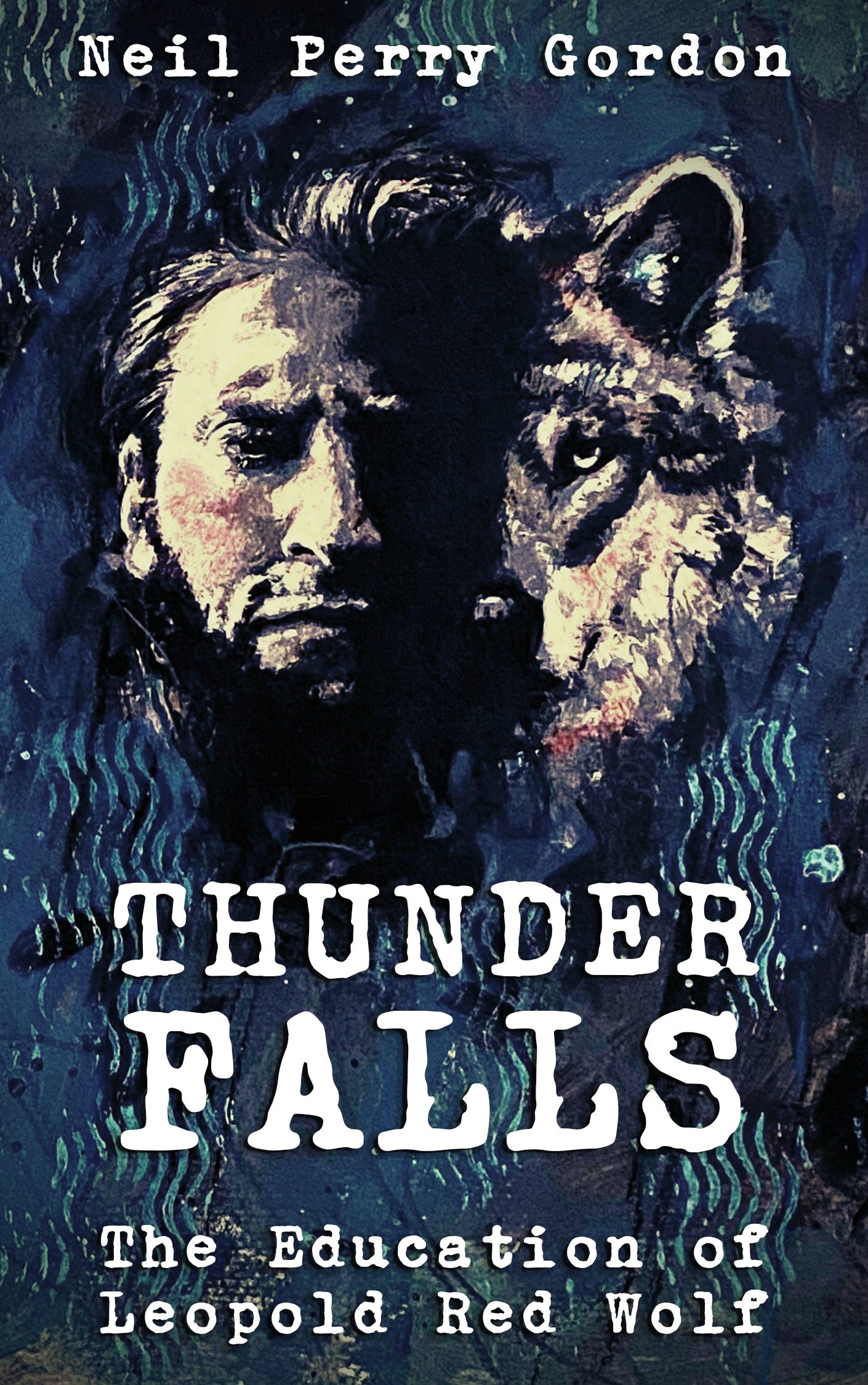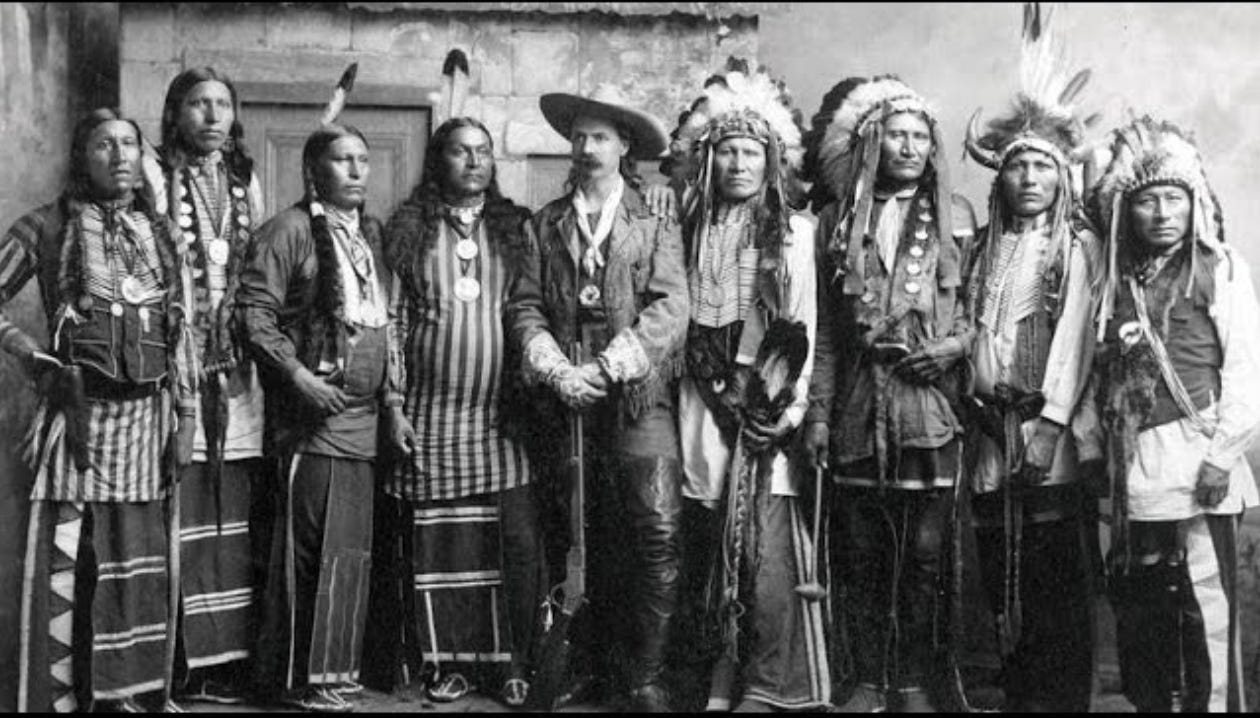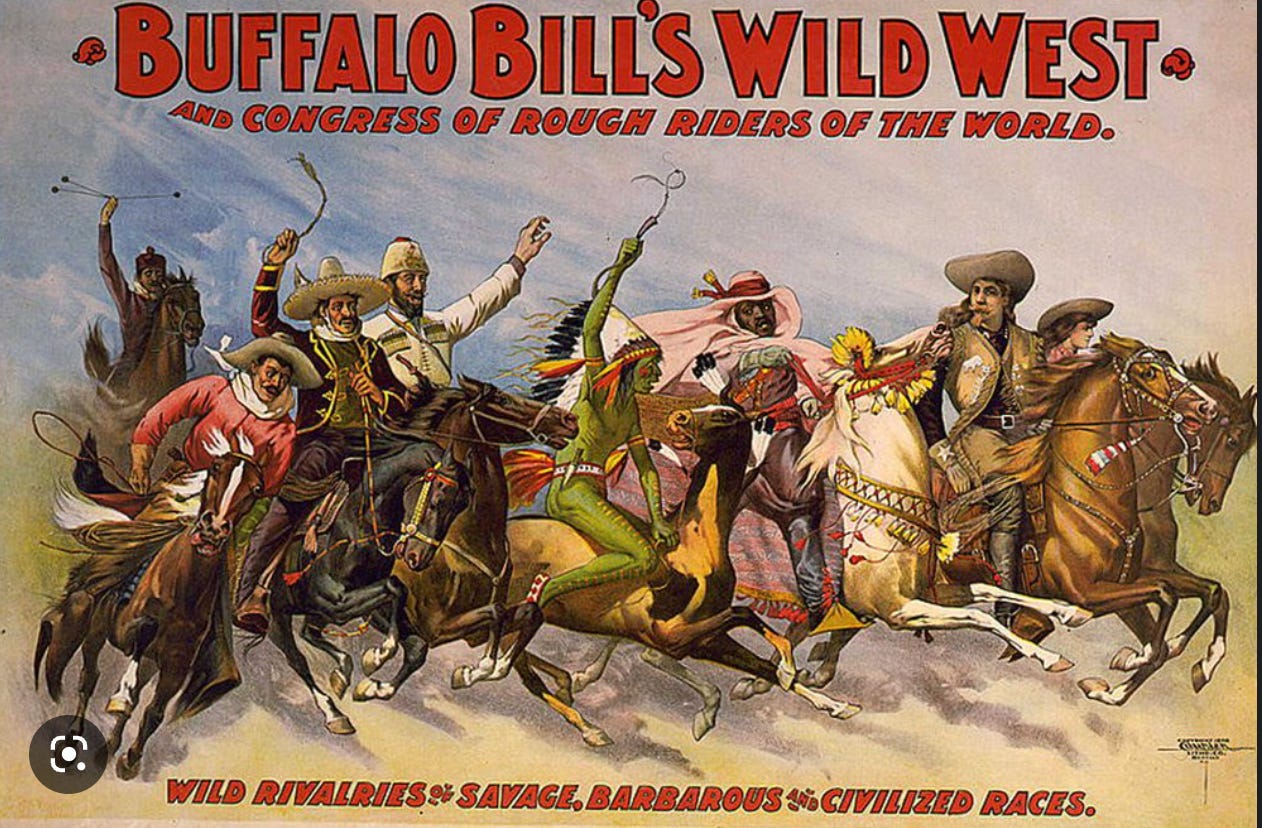"Sometimes when you read a novel, it’s so immersive it simply takes over your imagination."
The BookViral Review - Thunder Falls – The Education of Leopold Red Wolf
EDITORIAL REVIEW FOR THUNDER FALLS:
The BookViral Review:
Sometimes when you read a novel, it’s so immersive it simply takes over your imagination. Those books are few and far between but that’s exactly what Thunder Falls – The Education of Leopold Red Wolf does. A new Native American Literature release which once again finds Neil Perry Gordon on top form.
Gordon’s narrative is fresh and assured with a sense of intrigue and purpose accompanying Leopold’s adventures at every turn and as with Gordon’s previous releases his feel for detail is terrific.
Every one of his characters is an individual and refreshingly his narrative remains clear of trite clichés as he finds the right pace and style for a story that makes a perceptive and important statement about Native American Indians, the West, the American dream and the lengths to which unprincipled men went to attain it.
We know that Native American Indians were destroyed as an organic community and shunted off to reservations but there’s no stridency or overreaching to be found in Gordon’s narrative and he doesn’t set out to capture the history of a time, but its flavor, as he straddles two ideas of civilization: the Indian’s and the white man’s.
Thunder Falls unfolds from the perspective of Gordon’s protagonist Leopold Red Wolf with occasional flashbacks, which are indispensable to the discoveries ahead and as with Gordon’s previous releases, there is hardly an emotion that he doesn’t touch upon.
It’s a story about anger, shame and helplessness and although not explicit in the way you might expect, it’s more than enough to elicit a visceral reaction and as an excoriating look at the historical plight of Native American Indians, it bites hard with unexpected plot twists which give Gordon’s novel plenty of solid dramatic impact.
A superb start to a new series from Gordon with particular appeal to readers of his Alaskan Adventures of Percy Hope series, Native American Literature and Westerns, Thunder Falls – The Education of Leopold Red Wolf is unreservedly recommended.
Thunder Falls chronicles the transformation of Leopold Wolf from a naive young man into an outspoken advocate for Native American rights during the late 1800s.
Leo and his father, Isaac, work for the Carlisle Indian School, an institution governed by the motto “kill the Indian, save the man” and notorious for its harshness, Leo witnesses the abuse, neglect, and victimization of children under the institution’s care and resolves to help them gain the respect their culture deserves.
Leo’s quest takes him to Lakota territory, where elder and holy man Black Elk has a vision of Leo recovering the tribe’s Sacred Pipe, stolen years ago. Leo’s journey into—and under—the Black Hills reveals extraordinary phenomena about the Lakota and about himself. In the caverns of the Black Hills, Leo encounters the red wolf, Thunder Falls, and the Soul Tree, all of which guide him toward his destiny. While pursuing the eternal love of Sarah Cameron—niece of a senator notorious for his enmity against the Lakota—and fighting for Native American rights, Leo crosses the country with Buffalo Bill’s Wild West Show and ultimately risks his life for the people he has come to care for.
LISTEN TO THE FIRST TWO CHAPTERS HERE:
Tom Torlino was a Navajo student who attended the Carlisle Indian Industrial School in Pennsylvania, a boarding school that was established in 1879 with the goal of assimilating Native American children into white American culture. Torlino is known for a series of before-and-after photographs that were taken of him by the school's founder and superintendent, Richard Henry Pratt, in the late 19th century.
The photographs, which were taken in 1882, show Torlino before and after he had undergone a process of "civilizing," which involved cutting his long hair, dressing him in Western clothing, and teaching him English and other American customs. The before photograph shows Torlino wearing traditional Navajo clothing and long hair, while the after photograph shows him dressed in a military-style uniform, with short hair and a blank expression.
The photographs have become famous for the way they illustrate the impact of the boarding school system on Native American children, and the ways in which Native people were forced to assimilate to white American culture. Torlino's story, and those of countless other Native American children who attended boarding schools, are part of a larger history of colonialism and cultural erasure in the United States.
Despite the harsh treatment that he and other Native American students endured at boarding schools like Carlisle, Torlino went on to live a full life after leaving the school. He served as a Navajo code talker during World War I, using his language skills to transmit coded messages for the U.S. military.
Black Elk was a revered medicine man, spiritual leader, and teacher of the Lakota people. He was born in 1863 in present-day South Dakota and lived through a tumultuous period in the history of the Lakota and other Native American tribes, including the conflicts with the United States government and the Battle of Little Bighorn.
Black Elk is best known for his role in the Ghost Dance movement and for his account of his life and spiritual experiences, which were recorded and later published as the book "Black Elk Speaks" by John G. Neihardt. In the book, Black Elk recounts his visions and spiritual journey, which he believed were a calling from the Great Spirit to heal his people and help restore balance and harmony in the world.
Black Elk's teachings and vision emphasized the importance of living in harmony with the natural world, respecting all living things, and seeking spiritual guidance in order to find one's purpose and place in the world. His legacy as a spiritual leader and teacher has had a profound impact on generations of Lakota people and others around the world who have been inspired by his vision and teachings.
In addition to his spiritual leadership, Black Elk was also a skilled healer and medicine man, known for his ability to cure illnesses and help people find physical and spiritual balance. He died in 1950 at the age of 87, leaving behind a powerful legacy as a spiritual leader, teacher, and healer.
WHY DID THE CHIEFS JOIN THE BUFFALO BILL’S WILD WEST SHOW?
Several Native American chiefs joined Buffalo Bill's Wild West Show during its tours in the late 19th and early 20th centuries. There were a few different reasons why these chiefs chose to participate in the show:
Economic reasons: Many Native American communities were struggling economically at the time and saw joining the show as a way to earn money and support their families. The pay offered by the show was often better than what they could earn on their reservations or through other means.
Cultural exchange: Some Native American leaders saw the show as an opportunity to share their culture and traditions with a broader audience. By participating in the show, they could help educate non-Native people about their way of life and combat negative stereotypes and misunderstandings.
Diplomacy: For some Native American leaders, joining the show was a way to build relationships with non-Native people and government officials. By appearing in the show, they could demonstrate their willingness to work with the U.S. government and promote peace between their people and the broader society.
WHAT WAS THE BUFFALO BILL’S WILD WEST SHOW?
Buffalo Bill's Wild West Show was a traveling exhibition that showcased various performances and reenactments of life in the American Old West. It was created by William F. "Buffalo Bill" Cody, a legendary figure who was a skilled buffalo hunter, army scout, and showman.
The show included a wide range of acts and performances, including horseback riding stunts, shooting demonstrations, Native American dances and songs, cowboy and cowgirl riding and roping, and reenactments of historical events like the Battle of Little Bighorn. It also featured notable figures from the American West, including sharpshooter Annie Oakley and Sitting Bull, the Sioux chief who led his people in the fight against the U.S. government.
Buffalo Bill's Wild West Show toured extensively throughout the United States and Europe, gaining widespread popularity and influencing popular culture of the time. It provided audiences with a glimpse into the exciting and adventurous world of the American West and helped to establish Buffalo Bill as a legend of the American West.
Neil Perry Gordon is a well-respected and prolific novelist of historical and metaphysical fiction. He has written several novels, including A Cobbler's Tale, Moon Flower, The Righteous One, The Bomb Squad, Hope City, Sadie's Sin, Cape Nome, Otzi's Odyssey, Denali, Thunder Falls, and The Nazarite. Neil's work has earned high editorial praise from several notable publications, including Kirkus, Midwest Book Review, and Book Viral, as well as hundreds of positive reviews from readers on Amazon and Goodreads.
Neil's education at the Green Meadow Waldorf School is what he attributes to his love of writing. He was taught that music, dance, theater, writing, literature, legends, and myths were not just subjects to be learned, but lessons to be experienced.
Neil's writing process is described as organic, meaning he begins with a premise for his characters and lets the story unfold from there, rather than working from a detailed outline. This approach results in surprising twists and unexpected outcomes, which readers have celebrated. His novels are known for a balance between character development and fast-paced action, which keeps the story moving at a swift pace.










